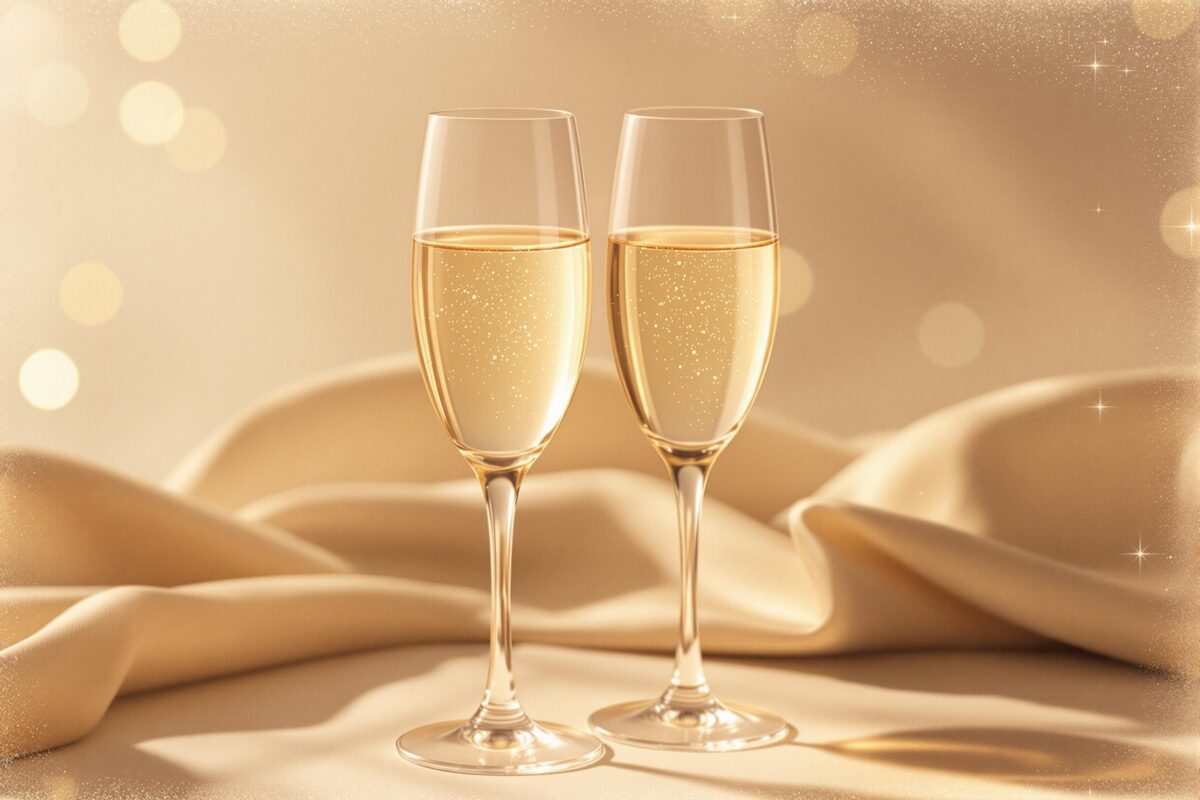Sparkling wine evokes images of celebration, luxury, and meticulous craftsmanship. From the esteemed vineyards of Champagne, France, to the diverse terroirs crafting Crémant and other bubbly delights, the world of sparkling wine offers a diverse spectrum of flavors and experiences. This exploration delves into the intricacies of sparkling wine production, examining current trends, ongoing challenges, and the innovative approaches shaping this dynamic industry.
Trend Analysis: The Sparkling Wine Renaissance
What’s bubbling beneath the surface of the sparkling wine world? Quite a lot, actually. Biodynamic viticulture is gaining traction, with vineyards viewed as holistic ecosystems. This approach prioritizes soil health, biodiversity, and even lunar cycles to enhance the terroir expressed in the grapes, ultimately creating sparkling wines with captivating aromatic complexity and balanced acidity.
Consumer preferences are also evolving. While the allure of Champagne remains strong, a thirst for diverse sparkling wine styles is emerging. Rosé sparkling wine, with its vibrant hue and approachable fruit-forward character, is experiencing a surge in popularity. From rosé Champagne and Crémant to sparkling rosés from other regions, these lighter, more versatile options suit a wider range of occasions.
Beyond rosé, the global expansion of Crémant and other non-mainstream sparkling wines is noteworthy. Crémant, made in various French regions outside Champagne (and in Luxembourg), utilizes the same in-bottle fermentation process (méthode traditionnelle) as Champagne, delivering high-quality effervescence at a more accessible price point. Italy’s Franciacorta and Trentodoc, Spain’s Cava, and Germany’s Sekt also contribute unique sparkling wine expressions. Even emerging regions, such as England and parts of the United States, are making their mark.
In-Depth Issue Breakdown: Grapes, Terroir, and Challenges
The grape variety forms the very foundation of a sparkling wine’s character. Champagne, for example, typically relies on Chardonnay, Pinot Noir, and Pinot Meunier. Chardonnay lends elegance and citrus notes, Pinot Noir provides structure and red fruit nuances, while Pinot Meunier adds fruitiness and a welcoming approachability.
Beyond Champagne, the influence of terroir—the interplay of soil, climate, and topography—cannot be overstated. Champagne’s chalky soils and cool climate are essential for its signature high acidity and mineral complexity, vital for long aging. Other regions, like Alsace and the Loire Valley, boast diverse terroirs that shape the distinctive profiles of their Crémants.
However, a looming challenge is climate change. Shifting weather patterns and rising temperatures impact grape ripening and acidity levels. Maintaining high acidity is paramount for sparkling wine, and warmer climates threaten this balance. Producers are adapting through various techniques, including canopy management and exploring climate-resilient grape varieties. Sustainability and innovation are key.
Innovative Solutions: Embracing Biodynamics and Technology
Biodynamic techniques offer a promising path towards sustainability. By fostering soil health, minimizing waste, and enhancing biodiversity, biodynamic vineyards are better equipped to face climate change impacts. Consumers are also increasingly drawn to sustainably-produced wines, recognizing the value of biodynamic certification.
While tradition holds strong, technology also plays a crucial role in refining sparkling wine production. Temperature-controlled tanks, precise pressure monitoring, and automated riddling systems enhance efficiency and consistency. These advancements complement traditional methods, empowering winemakers with greater control and precision.
Expert Guide to Sparkling Wine: Selection, Serving, and Pairing
Navigating the world of sparkling wine starts with understanding labels. “Champagne” designates wines exclusively from the Champagne region, while “Crémant” signifies French sparkling wine made outside Champagne using the traditional method. Sweetness levels (Brut Nature, Extra Brut, Brut, etc.) offer further guidance.
Serving sparkling wine is an art in itself. A temperature of 8-10°C is ideal for most, slightly warmer for rosé. Flute glasses preserve bubbles, but wider glasses can enhance aroma appreciation. Gentle pouring preserves the precious effervescence.
Finally, pairing sparkling wine with food elevates both experiences. Brut Champagne and Crémant shine with rich, savory dishes, while rosé complements lighter fare. Sweeter sparkling wines harmonize beautifully with desserts. Explore different combinations to discover delightful pairings for every palate.
The world of sparkling wine is a journey of discovery, from the prestige of Champagne to the innovation of Crémant and emerging regions. Armed with knowledge about grape varieties, terroirs, and production methods, every glass becomes an enriching experience.
